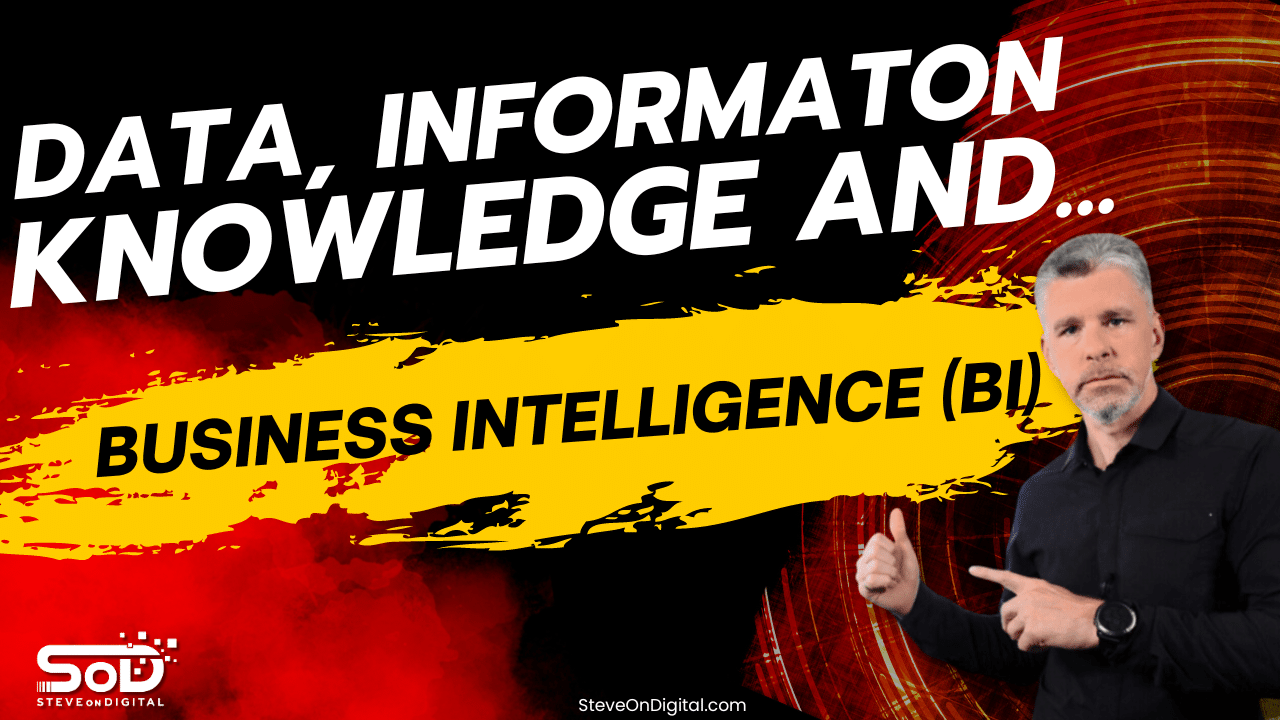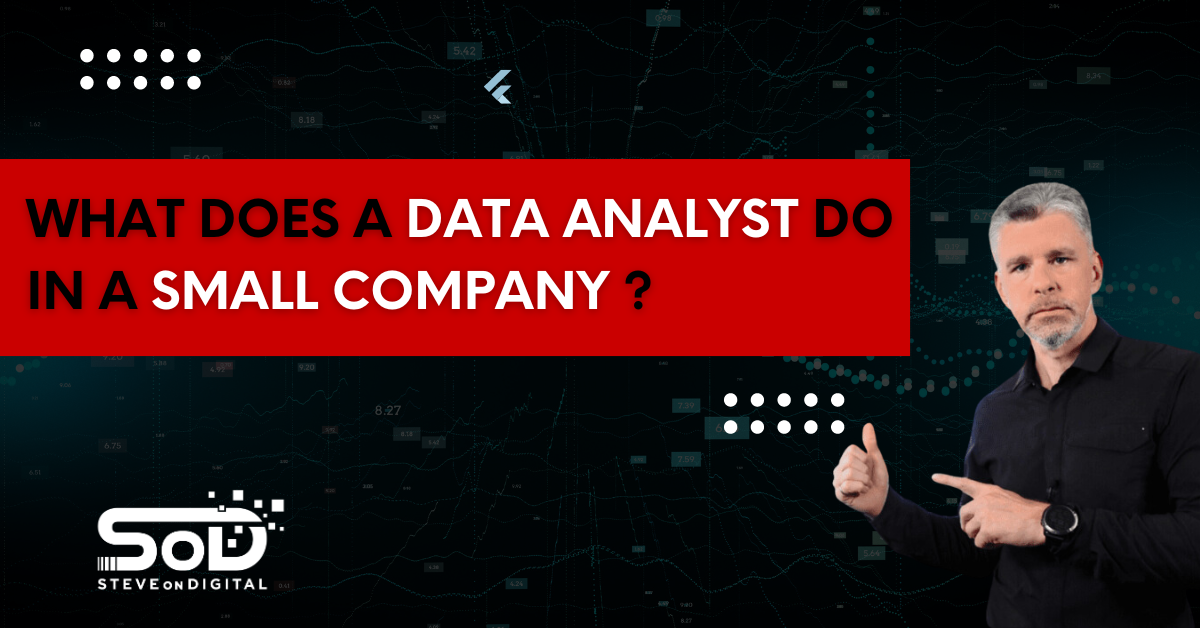In business, we have access to SO much data. Data from marketing about engagement, likes, shares, views, and impressions. Data from our CRM about sources of leads, conversion rates, and customer loyalty. Data from HR about turnover and employee satisfaction. But how to make solid decisions based on all this data coming from various sources?
Let me introduce you to the Data-Information-Knowledge-Wisdom (or Business Intelligence) Cycle. This Cycle makes decisions clear. Not only that, but by following this Cycle, risks will also be reduced since you’ll be making decisions based on business intelligence.
Let’s start by understanding each step of the Cycle.
The first is data. Data is the basic unit, usually comprised only of numbers. In the context of Sales, it is the numbers coming from your brick-and-mortar stores, your online store, your social media presence. From data, you are able to extrapolate information.
Information is data categorized and labelled so that it starts to make sense. In this example, you can organize the data to make two conclusions: Social networks boost sales and sales are strongest in the 15 to 17-year-old female demographic living in urban areas. You have the WHAT, now to channel that into the HOW. How to leverage this information? That is where knowledge comes in.
Knowledge is the step for analysis and experimentation. So, taking the two conclusions from the information step, you realize that it makes sense to invest more money in social networks targeting that specific demographic with products they have consistently purchased. Notice that no action has yet been undertaken.
Data leads to information which leads to knowledge. What’s next? Wisdom, the ability to make sound decisions based on these 3 preceding steps.
Wisdom, or as I like to call it in the business world, Business Intelligence, is the WHY. It gives the reasons behind decisions in every department of a company from sales to finance to human resources. Business Intelligence is the ability to predict future trends, risks and opportunities.
Again, referring to our example of Sales, business intelligence is the step of creating a strong social media marketing campaign which targets 15 to 17-year-old females in urban areas with products that they are most likely to purchase. This, of course, leads to increased sales and more importantly, increased profits.
So instead of the basic pyramid schematic found when researching Data-Information-Knowledge-Wisdom (DIK) on the Internet, in which one step is built on the last, as seen here:

I see it rather as a funnel, with each step flowing from the last, as seen here:

Notice the schema on the left. See how individual, separate units of data are organized into sets that make sense together? And then how those sets can be assembled through analysis and experimentation to create knowledge? This schema clarifies the process leading to business intelligence in which pieces of knowledge are combined to make effective plans.
Now, this funnel also concerns risk management. If a business owner makes decisions just on data, the risk for the project failing is at the highest. Yes, risk diminishes if the decision is made at the information level or the knowledge level, but the risk of failure is the least when the decision is made at the business intelligence level, that is after the data has been categorized, analyzed and combined with other pieces of knowledge.

There is much less risk at the Business Intelligence level because you do not only know WHAT to do and HOW to do it, you also know WHY you are putting a plan into place in order to succeed. That is the beauty of following this process.
But, as mentioned at the beginning of this article, DIK-BI is not a simple funnel that stops once the decision has been put into place. No, it is the beginning of a Cycle. I represent the cycle like this:

Once you have results from the actions, it is time to collect the related data, sort it into meaningful categories, analyse it and build even stronger business intelligence to make even better decisions.
And notice the emphasis put on effective communication. Communication with all stakeholders based on the knowledge gathered will lead to buy-in once a decision has to be put into action. You need your team on board when shifting strategies. Going back to our example, clear communication with the marketing team about the WHY of modifying the target customer and product will reduce resistance to the change. The team will more readily embark on the new project and contribute to the marketing plan and its success.
So, to come back to our original question: How to make solid business decisions based on bits of data coming from various sources?
- First, make sure your decisions are based on quality data.
- Then, sort the numbers to make sense.
- Now, analyse this information to grow in knowledge.
- Communicate this knowledge to your team.
- It is now time to act. Don’t stop there, though.
- Start the process again by collecting the data from the results.
So, by following the DIK-BI Cycle, you will gain the wisdom necessary to make the best moves for your company.





